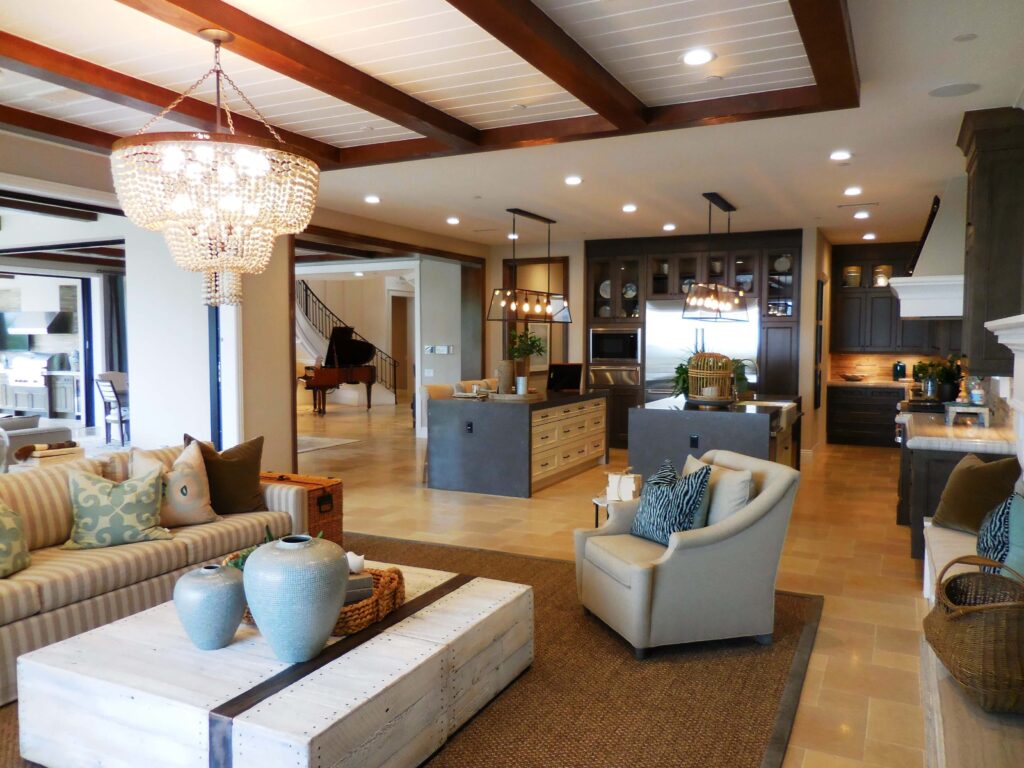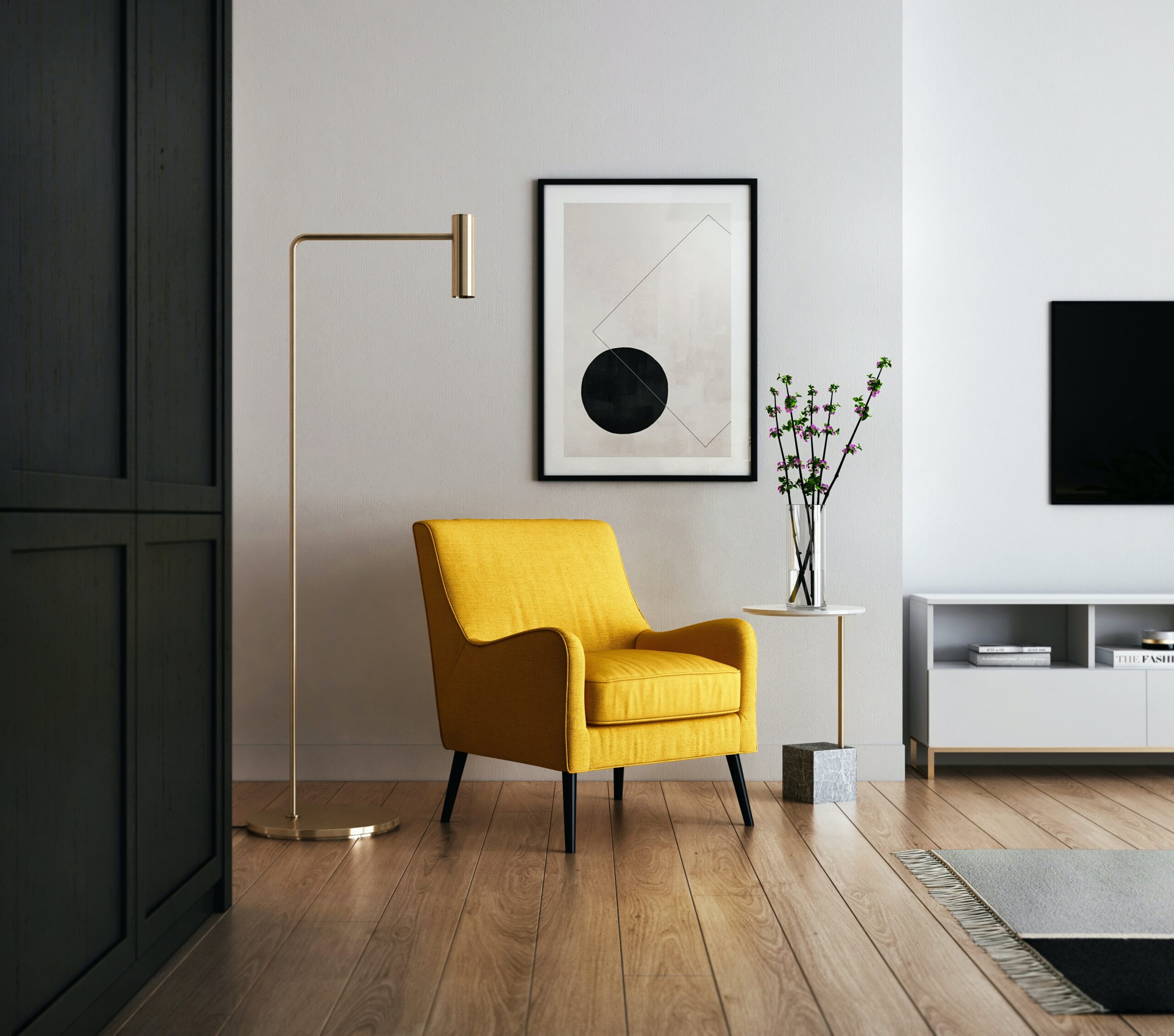Arranging a room involves a combination of functionality, aesthetics, and personal preferences. Here are some general steps and tips to help you arrange a room:
- Define the Purpose:
- Determine the primary purpose of the room. Is it a bedroom, living room, home office, or multipurpose space?
- Measure the Room:
- Measure the dimensions of the room and take note of any architectural features like doors, windows, and outlets.
- Create a Floor Plan:
- Sketch a rough floor plan on paper or use online tools to visualize different furniture arrangements. This can help you determine the best layout before moving furniture.
- Consider Traffic Flow:
- Arrange furniture to create a logical flow of traffic through the room. Ensure that there are clear pathways and that furniture doesn’t obstruct doorways.
- Focal Point:
- Identify a focal point in the room, such as a fireplace, a large window, or a prominent piece of furniture. Arrange the rest of the furniture around this focal point to create a balanced and visually appealing layout.
- Functionality:
- Arrange furniture based on the room’s primary function. For example, in a living room, seating should be conducive to conversation and entertainment.
- Furniture Placement:
- Place the largest pieces of furniture first, such as the sofa, bed, or main seating area. Arrange other pieces around these focal points.
- Balance and Symmetry:
- Aim for a balanced look by distributing visual weight evenly. Consider symmetry in your arrangement, but don’t be afraid to mix in some asymmetry for interest.
- Create Zones:
- If the room serves multiple purposes, consider creating zones. For example, in a living room, you might have a seating area, a reading nook, and a TV-watching zone.
- Lighting:
- Ensure that the room has adequate lighting. Use a combination of ambient, task, and accent lighting to create a well-lit and inviting space.
- Personal Touch:
- Add personal touches such as artwork, decorative items, and plants to make the room feel more like your own.
- Storage Solutions:
- Incorporate storage solutions to keep the room organized and clutter-free. This can include bookshelves, storage ottomans, or built-in cabinets.
- Experiment and Adjust:
- Don’t be afraid to experiment with different arrangements. Move furniture around and see what works best. Be open to adjusting the layout until you find the most comfortable and aesthetically pleasing arrangement.
Remember that personal taste plays a significant role, so feel free to adapt these guidelines to suit your preferences and lifestyle.

